New Exhibit Showcases Quilts from Pakistan and India
Contributed By Jason Swensen, Church News staff writer
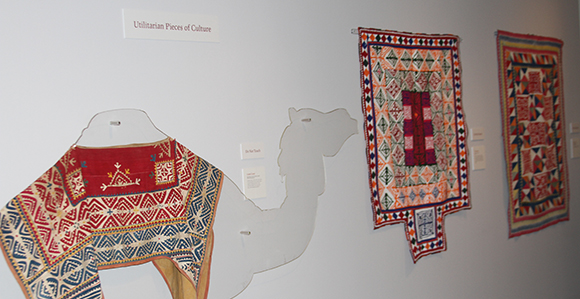
Display demonstrates how ralli quilts are used, including as camel blankets.
Article Highlights
- Fabric of Belonging: Quilts from Pakistan and India showcases more than 50 colorful quilts from the arid regions of Sindh, Pakistan, and West India.
- Like many “Mormon quilts,” the ralli quilts are symbols of the deep social ties that exist within the region’s nomadic people.
Quilting is part of the cultural fabric of The Church of Jesus Christ of Latter-day Saints.
Since the days when Mormon pioneers began settling in the Salt Lake Valley, members have gathered to make quilts. Their finished product, of course, provides individuals and families with relief from the damp and cold. But quilting also brings people together and offers social and even spiritual warmth.
An ongoing, free exhibition at the BYU Museum of Art demonstrates that the practical, social, and aesthetic benefit of quilting is understood far beyond LDS society. Fabric of Belonging: Quilts from Pakistan and India showcases more than 50 colorful quilts from the arid regions of Sindh, Pakistan, and West India.
Even the most skilled LDS quilters will likely marvel at the intricate detail found in many of the quilts on display. Each hanging quilt—called ralli quilts—is gleaned from the extensive collection of Patricia Ormsby Stoddard, a former assistant professor at BYU. Sister Stoddard acquired the quilts over a period of many years while living with her husband in Pakistan.
Like many “Mormon quilts,” the ralli quilts are symbols of the deep social ties that exist within the region’s nomadic people. For their owners, ralli quilts are the “most personal form of personal identification that connects them with their homeland and their heritage,” according to the museum.
The Western image of friends or relatives gathered around a quilting frame does not apply to the quilts that fill the BYU exhibition. Ralli quilts are traditionally crafted by both Hindu and Muslim women without frames or modern fabrics. Resourcefulness is key. Ralli quilters use whatever’s available to make each quilt—belying the elegance of the finished product.
Like many quilts found in Latter-day Saint homes, the ralli quilts are often both elegant and practical. The same quilt used for, say, a marriage ceremony would also be utilized for everyday purposes such as a floor covering or bedspread, according to the museum.
Fabric of Belonging is located in the museum’s basement gallery and will run through November 28. It includes an interactive element. A hands-on station invites patrons of all ages to use their imagination and design their own “ralli quilt-inspired” patterns.
The BYU Museum of Art is located on the northeast side of the Provo, Utah, campus.
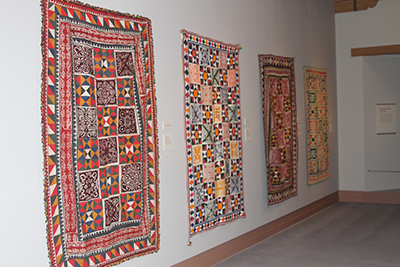
Examples of colorful quilts on display in the BYU exhibition Fabric of Belonging. Photo by Jason Swensen.
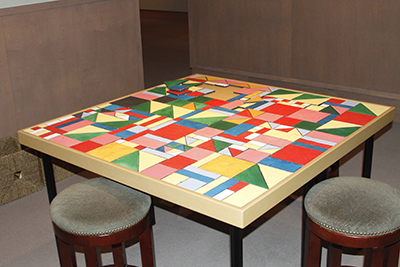
Fabric of Belonging exhibition includes interactive stations where patrons can try their hand at designing the elaborate patterns found in ralli quilts. Photo by Jason Swensen.
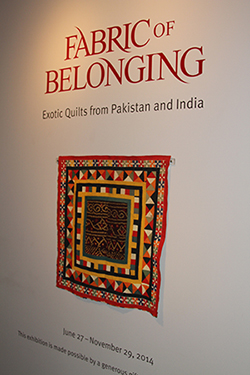
Fabric of Belonging is on exhibit at the BYU Museum of Art. Photo by Jason Swensen.

Ralli quilts are used in elaborate ceremonies and as everyday household items, such as bedspreads. Photo by Jason Swensen.
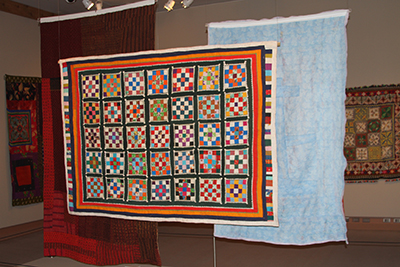
Collection of ralli quilts on display at BYU Museum of Art. Photo by Jason Swensen.
